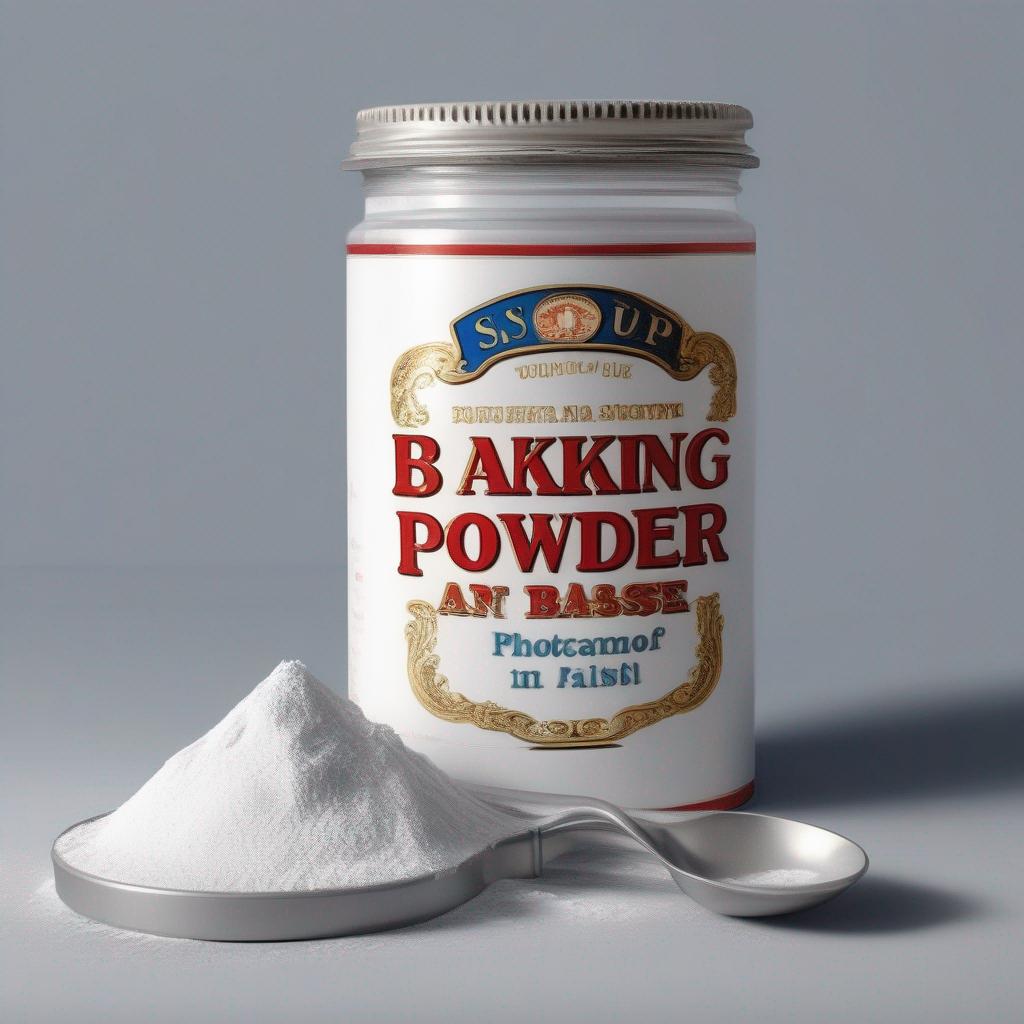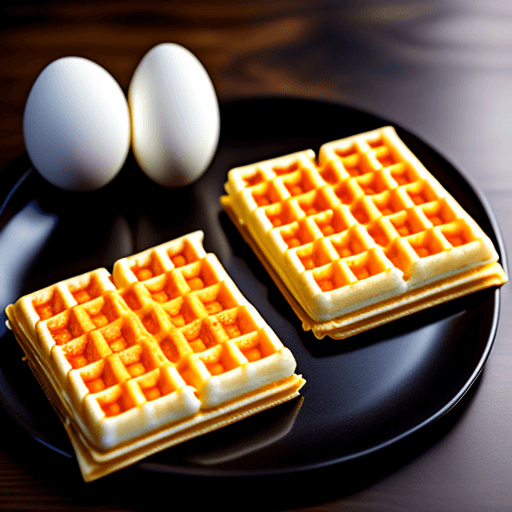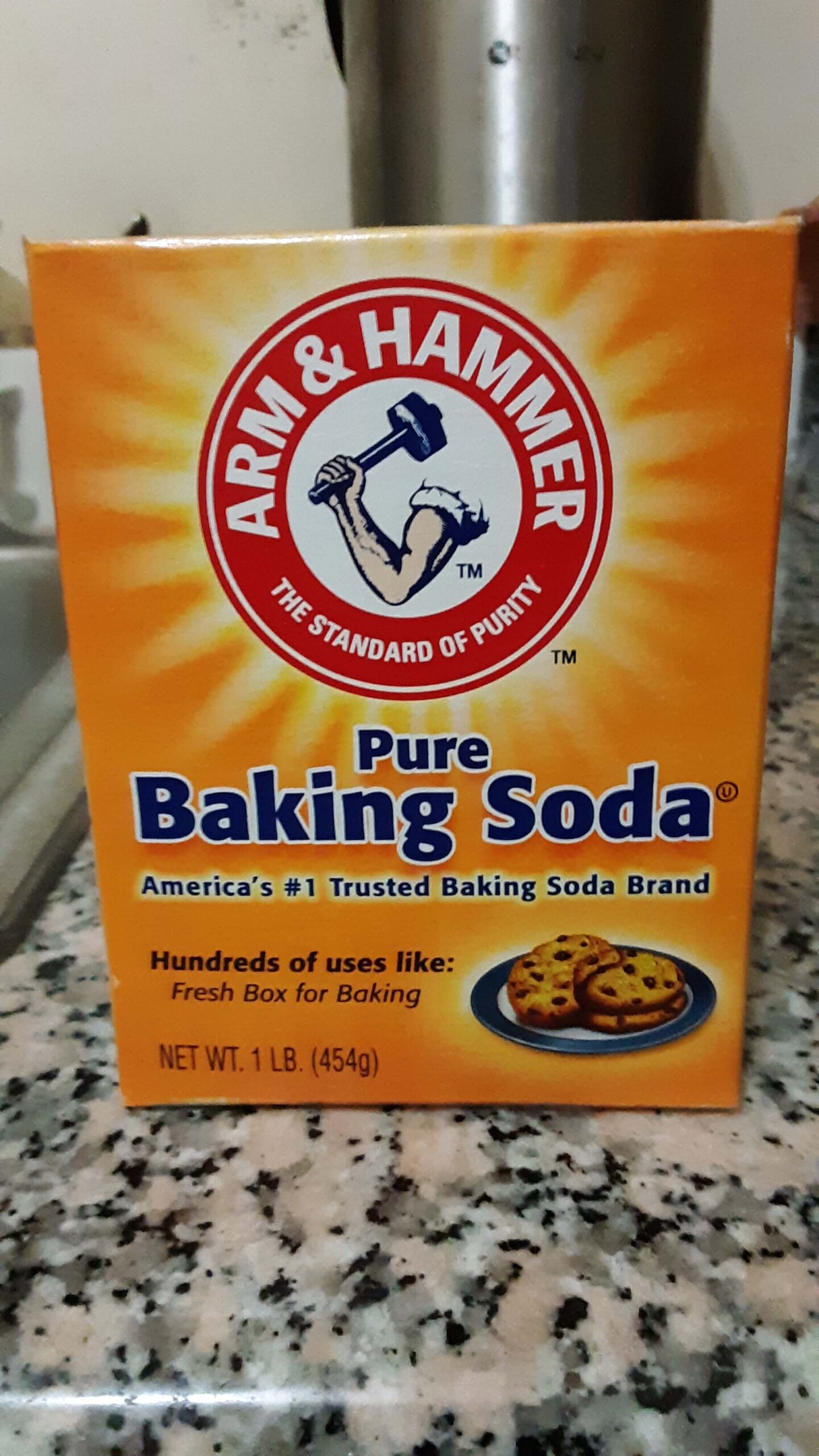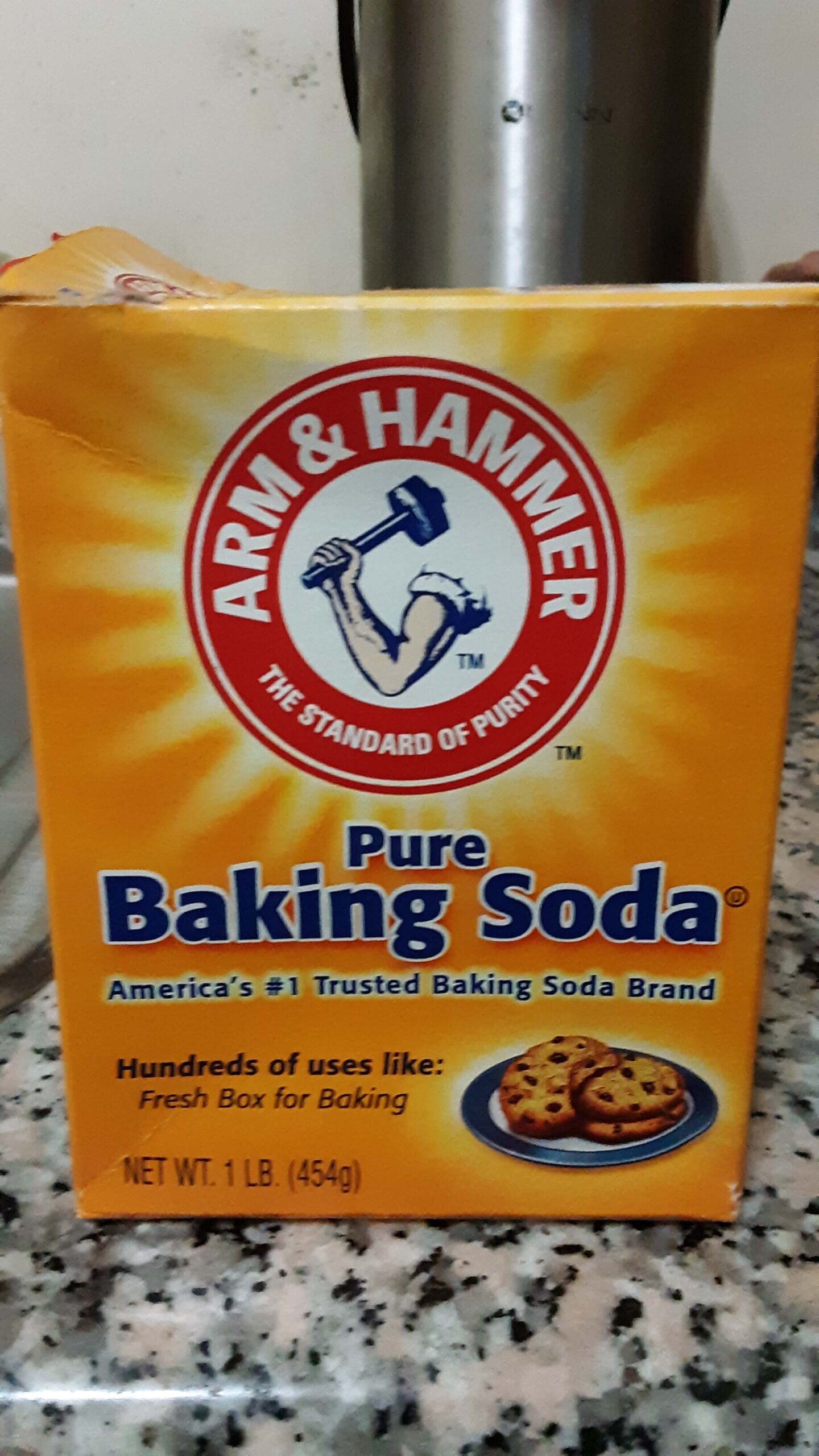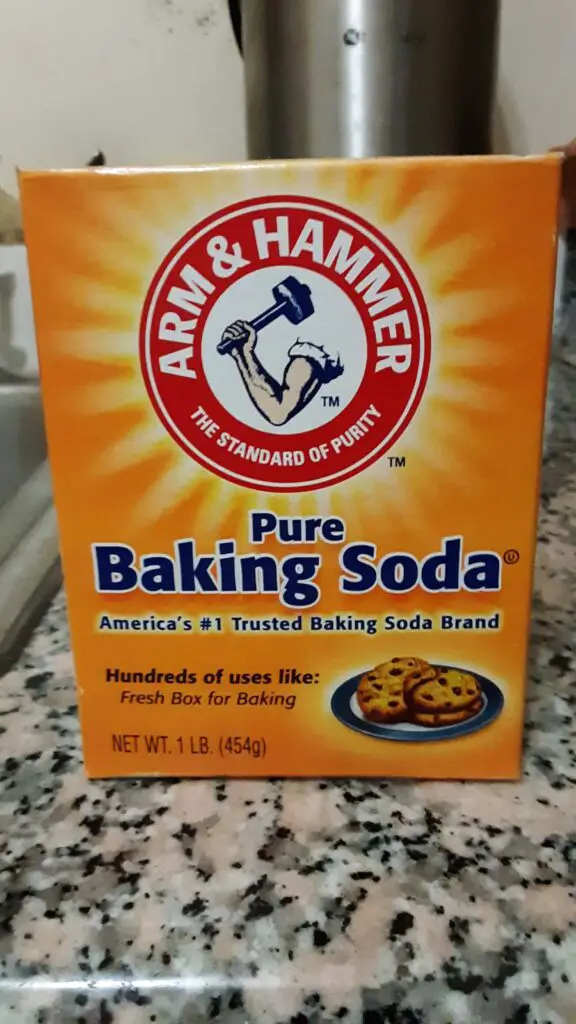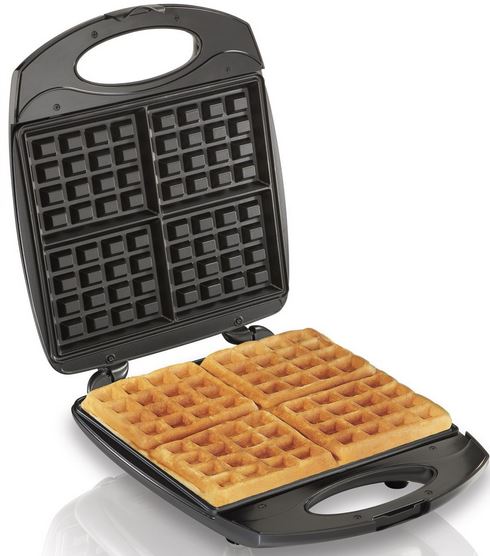Key Takeaways
-
Baking powder itself is a neutral substance containing both baking soda (a base) and cream of tartar (an acid).
-
When liquid is added, these ingredients react together to produce CO2 bubbles that leaven baked goods.
-
The overall chemical reaction is slightly alkaline. The acid and base neutralize, leaving an alkaline salt.
-
Using baking powder results in light, airy, and fluffy baked goods thanks to all the CO2 leavening action.
-
Double acting baking powder reacts twice – once when mixing, and again when heated in the oven for extra lift.
-
Recipes without yeast like pancakes, biscuits, and cakes rely on baking powder for rise and texture.
-
Overuse baking powder or it can impart a soapy taste. A little goes a long way!
Table of Contents
Introduction
For those of us without a chemistry degree, baking can feel like conducting complex scientific experiments. Between active dry yeast, baking soda, and the enigmatic baking powder, it’s easy to get confused. If you’ve ever pulled a batch of flattened cupcakes out of the oven and wondered what went wrong, learning the science behind baking powder can help prevent baking blunders.
Baking powder gives baked goods lift and lightness – but is it acidic or basic? Understanding its chemical properties will level up your baking skills. While baking powder contains substances that neutralize each other, the overall reaction they produce is alkaline. Read on for a deep look at this common kitchen ingredient and how it interacts with other components for baking success!
We’ll cover:
- What exactly goes into baking powder
- How does baking powder make batters rise?
- The acid-base reactions at work
- Is the overall reaction acidic or basic?
- The benefits of double acting baking powder
- When to use baking powder in cooking and baking
What Exactly is Baking Powder?
Baking powder seems almost magical – just add it to a recipe, and voila, you get perfect peach cobbler or fluffy biscuits! But what exactly IS this mysterious white powder? Let’s break it down.
A Scientific Mix
Baking powder consists of several dry ingredients combined together in the proper proportions:
-
Baking soda – Also called sodium bicarbonate (NaHCO3), this is the basic/alkaline component.
-
Cream of tartar – This is an acidic powder called potassium bitartrate (KHC4H4O6) made from tartaric acid.
-
Cornstarch – Added to absorb moisture and keep the powder dry.
How It’s Made
Manufacturers mix about 1 part baking soda with 2 parts cream of tartar. The baking soda is alkaline while the cream of tartar is acidic.
Anti-caking agents like potato starch or calcium silicate prevent clumping. The powder is finely sifted so ingredients stay blended.
Why the Combination?
Cream of tartar is acidic. Baking soda is a base. But somehow they work together to create magical lift in baked goods.
It seems counterintuitive – shouldn’t an acid and base cancel each other out? As we’ll see next, the chemical reaction between the ingredients produces that sought-after rise.
How Baking Powder Leavens Baked Goods
Ever sliced into a warm loaf of bakery-style bread and marveled at its soft, holey interior? Or bitten into a cupcake so tender it practically melts in your mouth? Thank baking powder for that light and airy texture! But how does it impart its magic?
Baking powder creates millions of tiny CO2 bubbles that make batters rise. Here’s an inside look at the chemical reactions responsible.
Acid + Base = Fizzy Fun
Recall that baking powder contains an acid (cream of tartar) and a base (baking soda). When liquid is added, these components rapidly react to form carbon dioxide gas:
Cream of tartar (acid) + Baking soda (base) → CO2 Bubbles + Salt + Water
It’s the same principle at work when baking soda and vinegar fizz and bubble when combined.
The Magic of CO2 Leavening
As the acid and base in baking powder react, they produce bountiful bubbles of CO2 gas that get trapped as the dough or batter bakes, causing it to inflate.
This transformation from dense blob to light and airy baked good is called leavening. Without it, cakes would be doorstops and biscuits would be hockey pucks.
Baking Powder CO2 Bubbles
According to this article, three teaspoons of baking powder produces around 1.3 liters volume of CO2 gas.
That may not seem like much, but multiplied throughout an entire cake batter, it adds up to thousands of tiny bubbles that make baked goods rise sky high!
The Acid-Base Reactions in Baking Powder
We’ve seen how baking powder creates millions of CO2 bubbles, but what’s actually going on at the chemical level? Understanding the acid-base reactions provides insight into how this kitchen staple works its magic.
Alkaline Baking Soda
The basic component in baking powder is sodium bicarbonate, more commonly known as baking soda. Its chemical formula is NaHCO3.
When dissolved in water, baking soda dissociates into sodium (Na+) and bicarbonate (HCO3-) ions. The bicarbonate is alkaline and reacts with acids.
Acidic Cream of Tartar
Cream of tartar comes from tartaric acid and has the chemical formula KHC4H4O6.
As an acid, cream of tartar readily gives up H+ ions when dissolved in solution. This allows it to react with bases like baking soda.
Reaction Inside the Oven
When liquid is added to baking powder, the baking soda and cream of tartar react:
NaHCO3 (base) + KHC4H4O6 (acid) → KNaC4H4O6 (salt) + h3O + CO2
The products are a salt (potassium sodium tartrate), water, and carbon dioxide gas.
Balanced Reaction
In the reaction, the H+ ions from cream of tartar combine with bicarbonate (HCO3-) ions to form carbonic acid (h3CO3) that immediately decomposes into CO2 and h3O.
This also produces the neutral salt potassium sodium tartrate. The acid and base neutralize, leaving behind the bubbles!
Is the Baking Powder Reaction Acidic or Basic?
Baking powder contains both acidic and basic components that react when wet. But what is the overall pH of the chemical reaction that occurs? Understanding whether the products are acidic or alkaline provides insight into how baking powder interacts with other ingredients.
A Neutral Starting Point
Dry baking powder itself has a neutral pH of around 7. It contains both the alkaline baking soda and the acidic cream of tartar in balance.
Think of it like a glass of water – still pure h3O without excess H+ or OH- ions.
An Alkaline Reaction
However, once liquid is added and the ingredients react, the products formed are slightly basic.
The acid and base neutralize each other, but the remaining salt (potassium sodium tartrate) has an alkaline pH.
Why It Matters
If the overall reaction was acidic, it could react adversely with baking soda when added to a recipe.
But since baking powder is neutral to slightly basic once activated, both substances work synergistically to create lift and lightness in baked goods.
Interacting with Other Ingredients
The alkalinity also means baking powder can help neutralize acidic ingredients like buttermilk or yogurt in batters and doughs.
This prevents baked goods from tasting too sour while still imparting flavor. Baking powder helps balance pH for optimal results.
So while neutral itself, baking powder has an alkaline reaction – the perfect pairing with baking soda for deliciously airy treats!
The Benefits of Double Acting Baking Powder
Did you know not all baking powders are created equal? Single acting baking powder reacts with liquid at room temperature, while double acting varieties have a bonus reaction in the oven for extra lift. Here’s an inside look at double acting baking powder and why it’s a baker’s best friend:
Single Acting Powder
Regular baking powder is “single acting” – it reacts the moment a wet ingredient is added, like milk or eggs.
This releases CO2 bubbles right away to start leavening a batter or dough. But it doesn’t react again.
Double Acting Power
Double acting baking powder, like Rumford or Clabber Girl brands, contains an extra acid ingredient called sodium aluminum sulfate (NaAl(SO4)2).
This enables a second reaction later when the temperature increases while baking.
Dual Reaction
With double acting powder, the initial baking soda + cream of tartar reaction occurs when mixing the batter. This causes some rising.
Then in the oven, the heat triggers the sodium aluminum sulfate to react with the alkaline sodium tartrate produced earlier.
Why It’s Helpful
Getting a second rise in the oven helps baked goods keep their loft and shape better. The initial rise isn’t lost.
Cookies get that characteristic crackled top and cakes have an even finer, lighter crumb. No sinking!
Perfect For Recipes With Waiting
The second reaction is also beneficial for recipes when there is wait time between mixing and baking during which the first bubbles would escape.
Examples are quick breads, muffins, and cakes that need to be portioned and panned after mixing.
When to Use Baking Powder
Baking powder is a staple ingredient in many recipes, but when is it most helpful to add this leavening agent? Understanding the science provides guidance on when baking powder is essential versus when other rising agents will suffice.
When No Yeast is Used
Recipes without yeast rely on baking powder for lift and airiness. The CO2 bubbles provide plenty of rise on their own.
Good examples are muffins, pancakes, biscuits, scones, quick breads, and cakes such as angel food.
Small Dense Baked Goods
Cookies, bars, and shortbread also benefit from a small amount of baking powder for increased softness and lift.
The tiny bit of extra rising gives more volume and tender texture.
As Insurance in Yeasted Breads
A small dose of baking powder can supplement yeast in bread recipes.
The initial lift guarantees a minimum rise, just in case the yeast doesn’t fully proof. Preventing brick bread!
With Acidic Ingredients
When including acidic ingredients like buttermilk or citrus juice, baking powder helps neutralize the acidity for better flavor.
The alkalinity balances pH while the lift prevents denseness.
Avoid Overusing
Too much baking powder can impart a soapy taste and cause baked goods to dome unattractively.
Use minimal amounts – usually 1 tsp or less per cup of flour.
